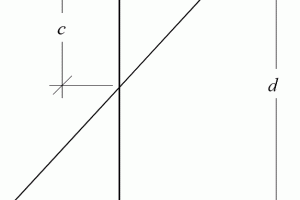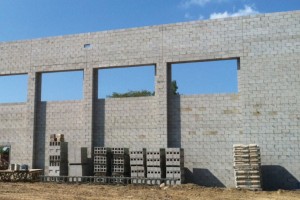Tort – the word is familiar (even in a non-pastry context), as are its menacing children: malpractice and negligence. They trigger visceral reactions in many a structural engineer (and lawyer). The word “tort” creeps in and out of the public consciousness, perhaps most often with its partner du jour: “reform.”
We hope to avoid torts. As structural engineers, however, we cannot ignore them, for tort law sets the standard that our professional engineering services are expected to meet or exceed. …









